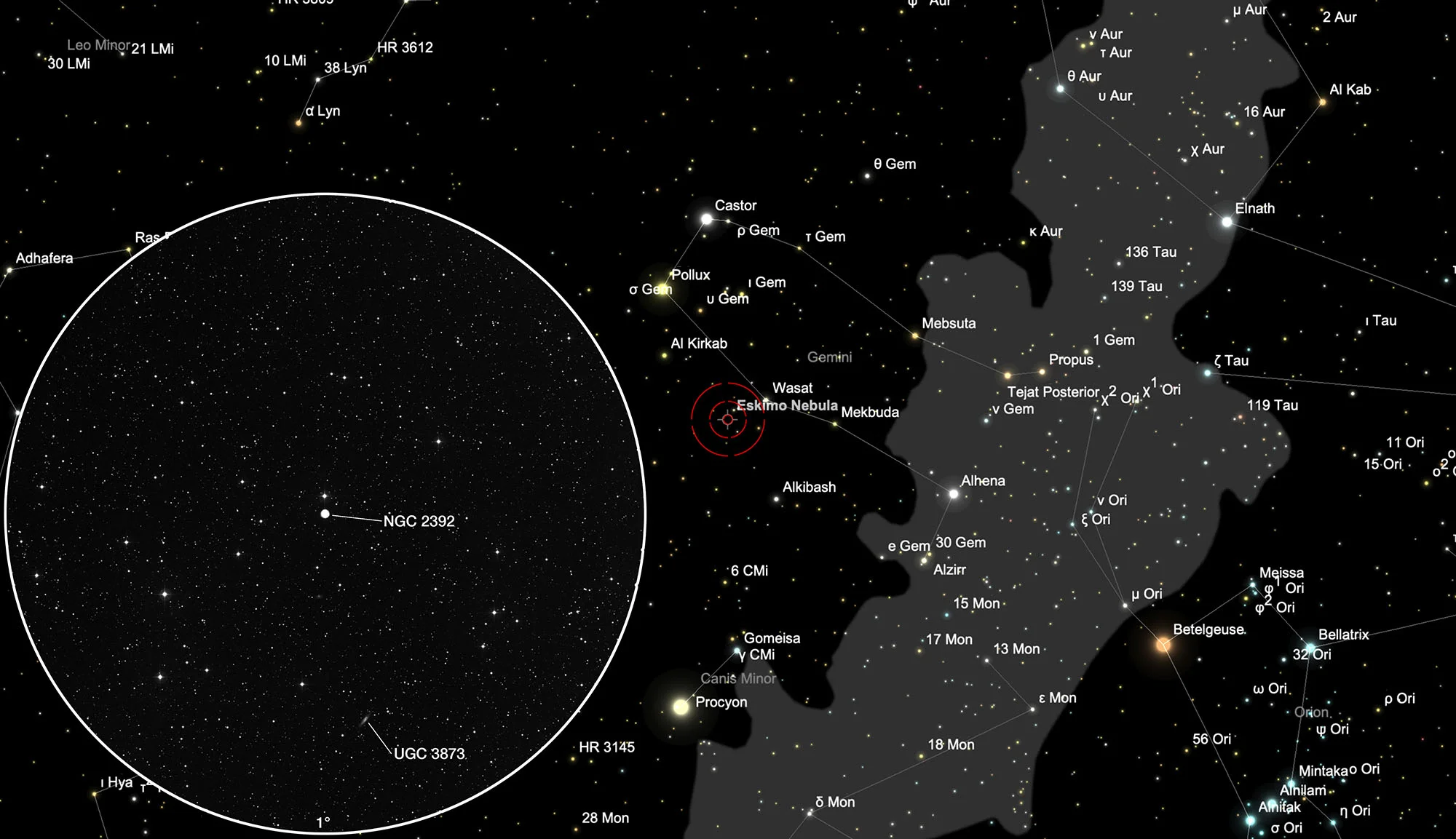Eskimo Nebula, Clown Face Nebula (NGC 2392)
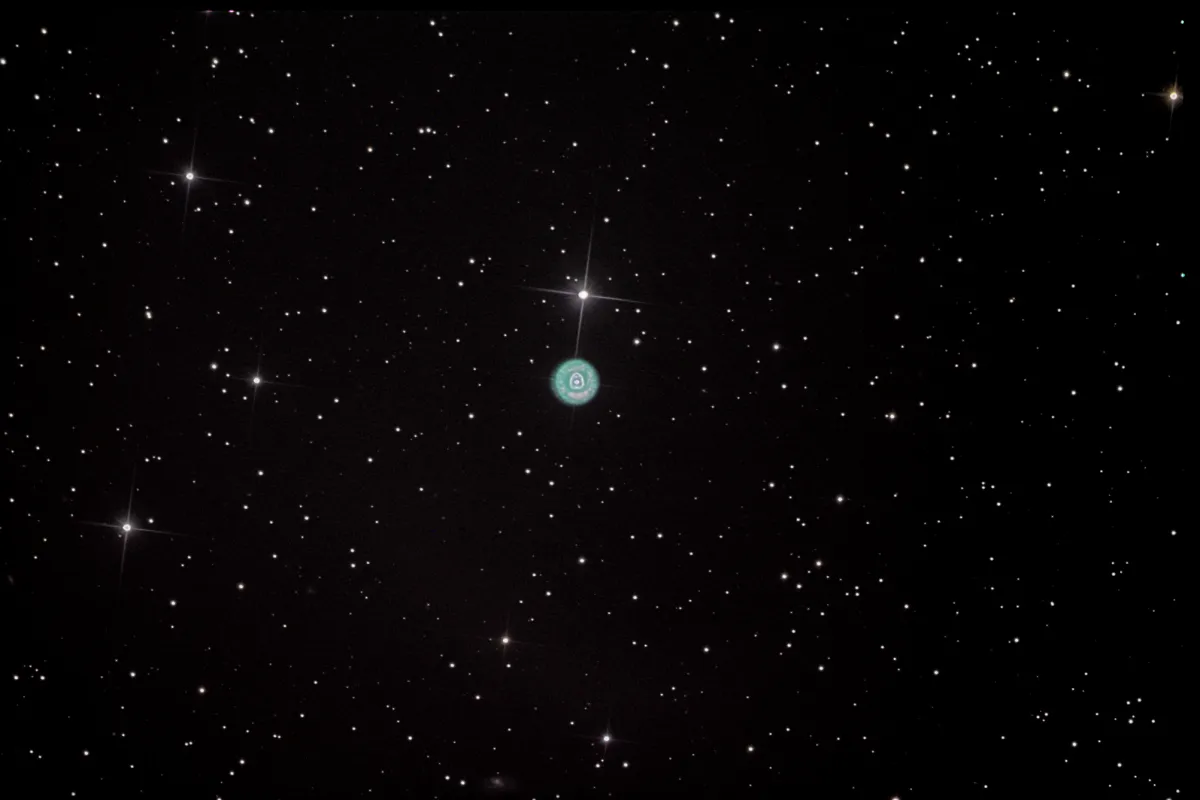
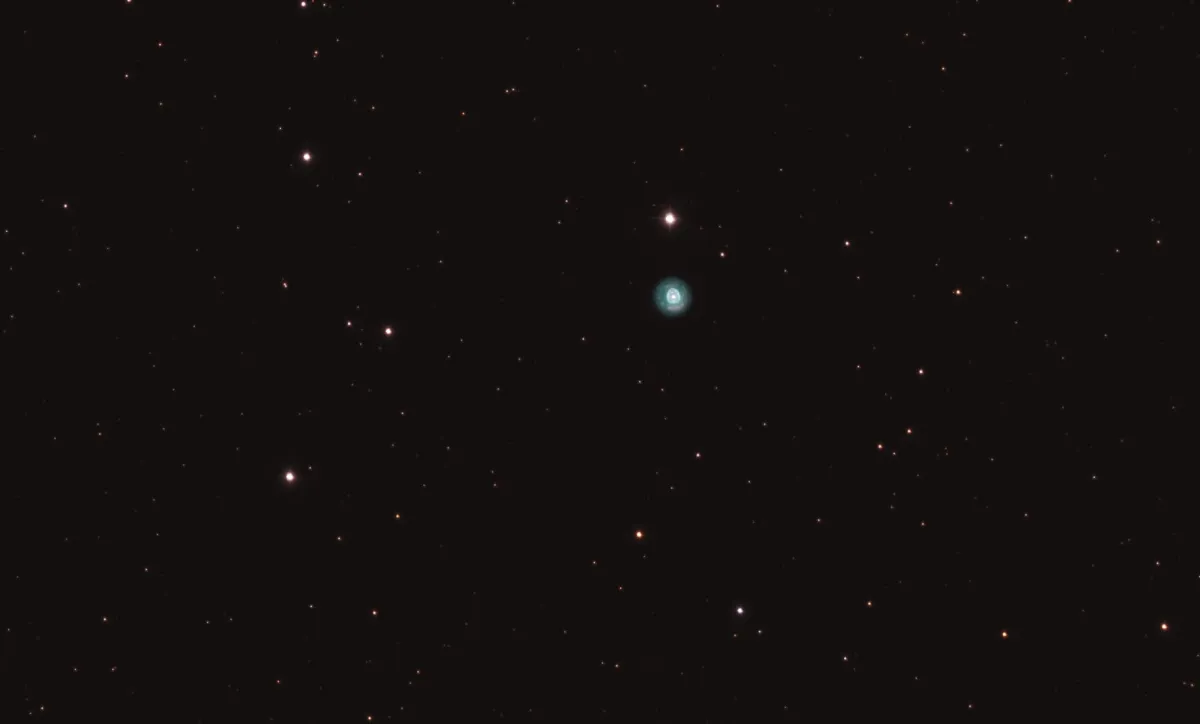
History
On January 17 1787, the relatively bright planetary nebula was discovered by William Herschel. He cataloged it as IV 45 (class IV = planetary nebulae) and wrote about it: «A star 9 mag with a pretty bright milky nebulosity equally dispersed all around. A very remarkable phaenomenon.» [464] Dreyer added it as NGC 2392 in 1888. [313]
Physical Properties
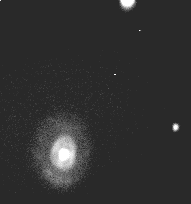
In medium-sized amateur telescopes one can already see that the area around the 10.5 mag central star appears brighter than the outer part of the nebula. Detailed investigations revealed that the central star is surrounded by two concentric gas shells that are expanding at different speeds.
The shells are excited to glow by the intense radiation from the very hot central star. The outer one is expanding at a speed of about 100 km/s. Of course, the shell that is closer to the central star and expands less quickly is irradiated more intensively and therefore appears brighter to us. The central star is an O8 dwarf with about 40 times the luminosity of the Sun. The absolute brightness is given as about +0.7 mag and the surface temperature is about 40'000 Kelvin.
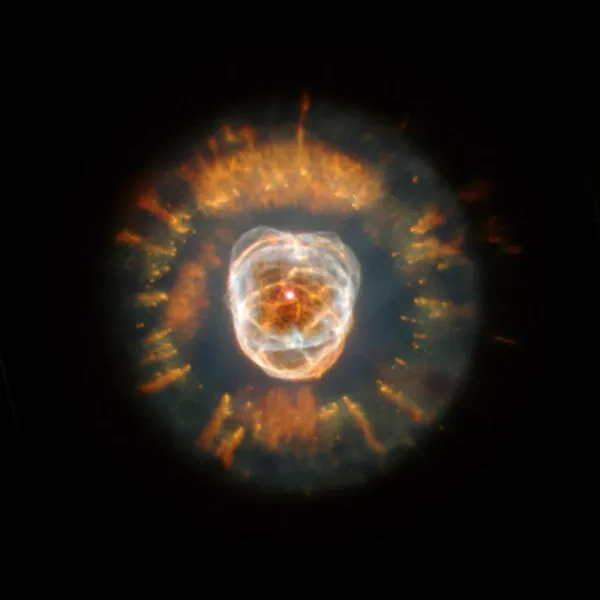
Distances are given from 1370 to 3600 light years, but a distance of 2900 light years seems the most appropriate value. The age of the PN is probably about 1700 years. So he's still relatively young.
| Designations | PN G197.8+17.3: NGC 2392, PK 197+17.1, ARO 24, VV 38, VV' 63 |
| Right Ascension (J2000.0) | 07h 29m 11s |
| Declination (J2000.0) | +20° 54' 37" |
| Dimensions | 19.5" (optical) |
| Distance | 0.5 - 1.6 ? kpc |
| Radial Velocity | +75.0 ± 2.1 km/s |
| Expansion Velocity | > 52.5 (O-III) > 53. (N-II) km/s |
| C-Star Designations | AG +21 821, AG82 81, BD +21 1609, CSI +21 01609, CSV 100874, DC 13050, EM* CDS 689, GCRV 4981, HD 59088, NSV 3604, PLX 1765, SV* ZI 631 |
| C-Star Magnitude | U: 9.30, B: 10.38, V: 10.53 |
| C-Star Spectral Type | O6 f, Of(H) |
| Discoverer | LASELL 1853 |
How to find the Eskimo Nebula?
The Eskimo Nebula in the constellation of Gemini is relatively easy to find: You start with the 3.5m star Wasat (Delta Gem), which forms an almost equilateral triangle with the two 5mag stars 63 and 58 Gem. The telescope can be easily aligned with this using the Telrad. Immediately about two arc minutes south of an 8.3mag bright star, a diffuse patch can be seen even at low magnification.
Visual Observation
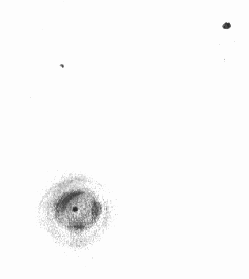
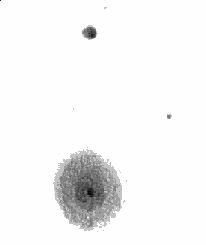
200 mm aperture: Once found and centred - start magnifying! Gradually increase the magnification and try out which one gives the greatest contrast between the outer and inner shell. I prefer to observe the Eskimo Nebula with a short focal length, orthoscopic eyepiece, with which I can achieve a magnification of 226x with my telescope (20 cm aperture; f/10). The «Face of the Eskimo» can best be recognized visually with an H-alpha filter - the O-III filter, which is otherwise helpful for planetary nebulae, is not recommended here. — 1996, Philipp Reza Heck
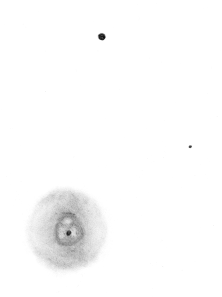
300 mm aperture: Even at 27x magnification, the planetary nebula NGC 2392 can be seen with averted vision as a small diffuse speck, which, however, disappears immediately, leaving only the central star when viewed directly. From about 46x the PN remains visible even with direct viewing and from 200x the slightly brighter central region of the PN slowly emerges. The best magnification is more than 500x, but for this the air must be very calm and the telescope optics must be good. A high magnification is necessary in order to be able to clearly see the inner structures of the Eskimo Nebula (the face in the fur collar). The PN is bright enough to allow magnifications of more than 500x. An O-III or an H-Beta do not achieve a significant improvement in contrast. The halo of the PN is circular with a darker rim to the east and west. The central region is slightly brighter than the halo (which is clearly visible in transparent and calm air) and has an asymmetrical shape, resembling an egg with the apex pointing north. The central star is not exactly in the middle. In this central region, three darker spots around the central star can be seen. — 300 mm f/4 Popp-Newton, 1996, Bernd Nies
762 mm aperture: On the Eskimo Nebula NGC 2392, the face consisting of three black circular areas and the central star as a nose can be seen with a UHC filter and a magnification of 625x, the bright part of the nebula as a head boundary and the fainter part of the nebula as a fur hat. — 30" f/3.3 Slipstream Dobsonian, Hasliberg Reuti, 5. 3. 2022, Eduard von Bergen
